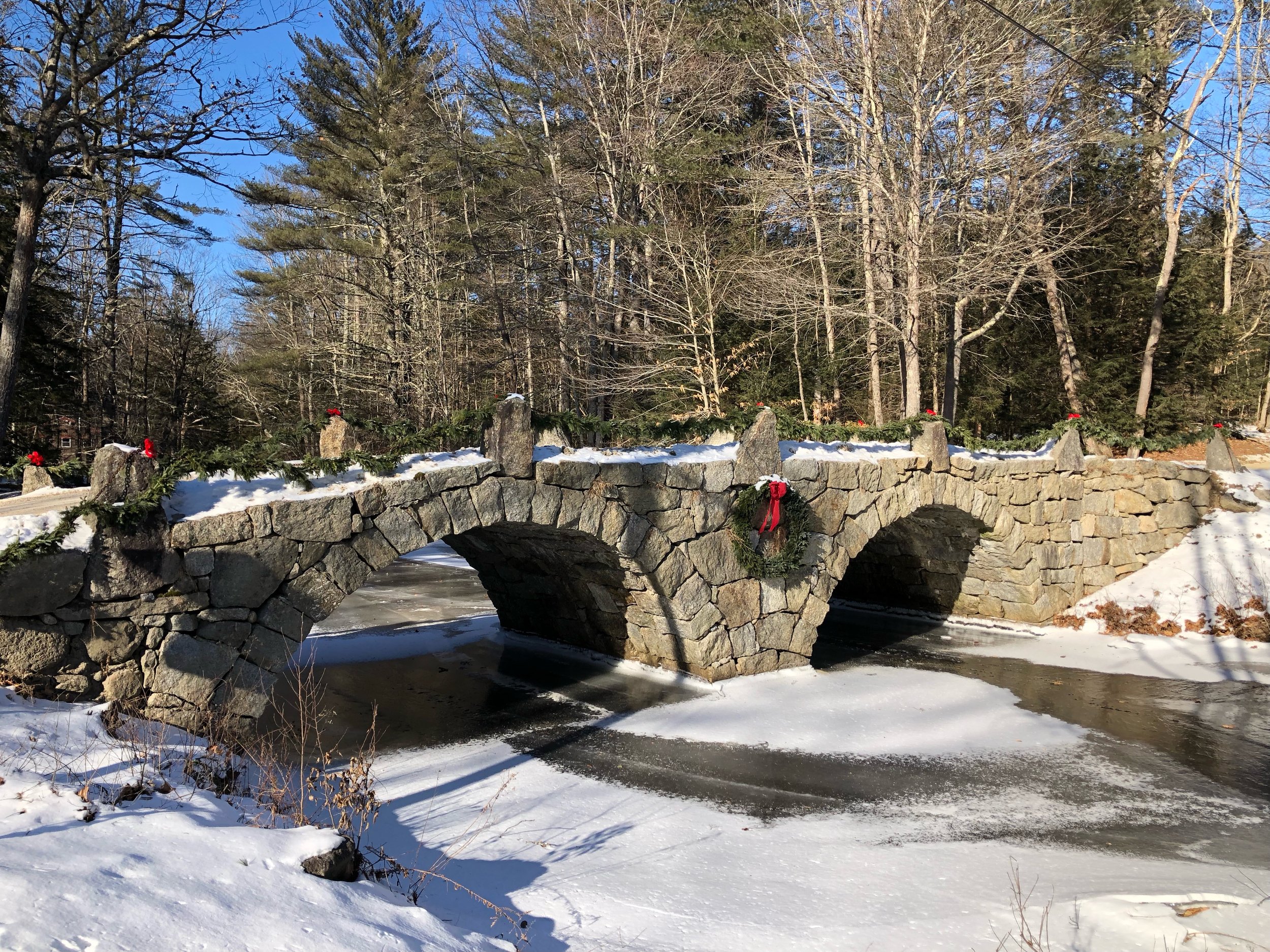Track 8 BRIDGES, Presentation 1
Historic Stone Arch Bridges of Hillsborough, New Hampshire
Robert Dermody
rdermody@rwu.edu
A group of 19th century, stone arch bridges located in south central, New Hampshire is an extraordinary display of “dry-laid” masonry construction. From 1830-1860 more than a dozen such bridges were built in or near historic Hillsborough County, NH. Several of these amazing structures survive, and some are still in use, albeit with restrictive load limits posted by the NH Department of Transportation. Five of the bridges in the Town of Hillsborough form a collection that were designated as National Historic Civil Engineering Historic Landmark in 2002. The bridges were primally built by local Scottish and Irish immigrants who used their mill building skills and a nearby bridge in Henniker as a model and inspiration. Masonry bridges were typically built to replace older wooden bridges susceptible to deterioration in the harsh New England winters, and damage or destruction from springtime floods and even hurricanes.
Granite was the preferred material for these bridges, which was plentiful in this region of the “Granite” State. The “plug-and-feathers” method of splitting stone, coincidentally developed around 1830, was an ideal method to provide the correctly shaped blocks necessary for the tolerances required for dry-laid construction. At the time, lime mortar was essentially the only masonry cement available. However, it was a poor mortar for use in the bridge construction due to its low compressive strength, and not being hydraulic, it could not be used in wet conditions.
The arches range in span from 20 to 35 feet and all of them have quite low span to rise ratios. Wider streams were often bridged using a central pier, with two shorter spans rather than a single longer span.
A unique combination of technical ingenuity, skilled craftsmanship, and locally sourced materials resulted in an impressive group of dry-laid masonry arch bridges that have been in service for over 150 years. This presentation will focus on the five historic bridges in Hillsborough, exploring their design, construction and cultural significance and technical legacy.
Robert J. Dermody, AIA, is a Professor of Architecture at Roger Williams University, School of Architecture, Art & Historic Preservation in Bristol, RI, where he teaches architecture studios and structures courses. His research focuses on historic bridges. He is a licensed architect in Massachusetts.


